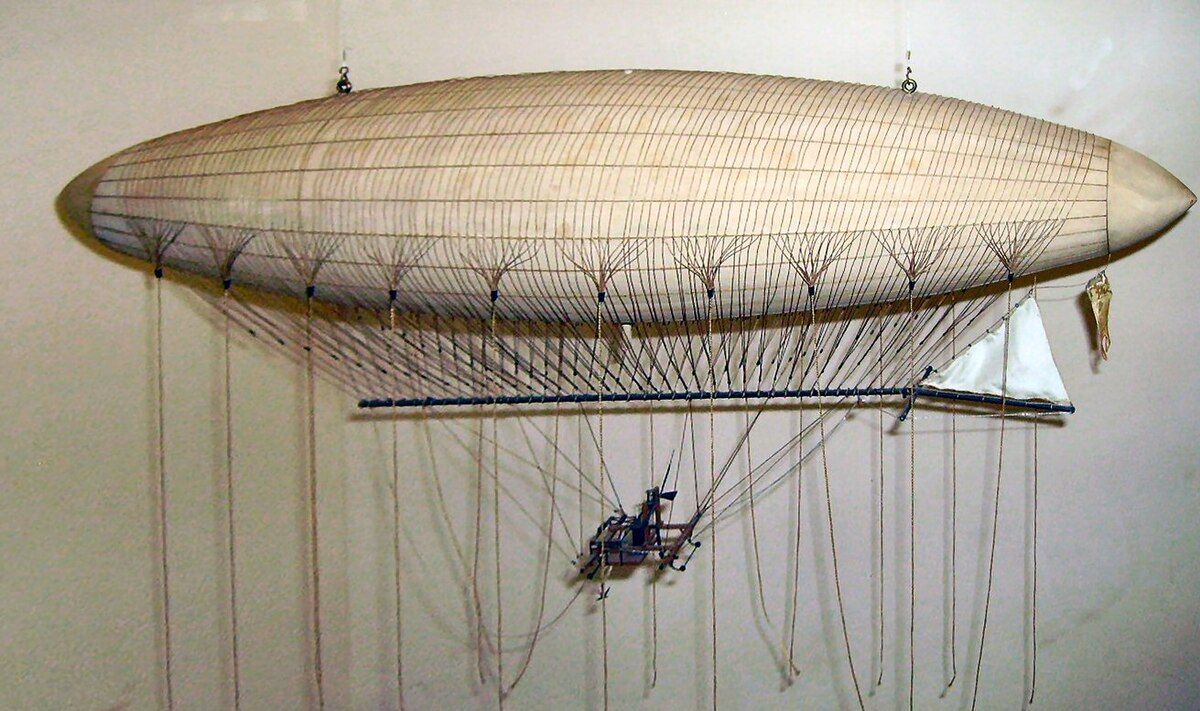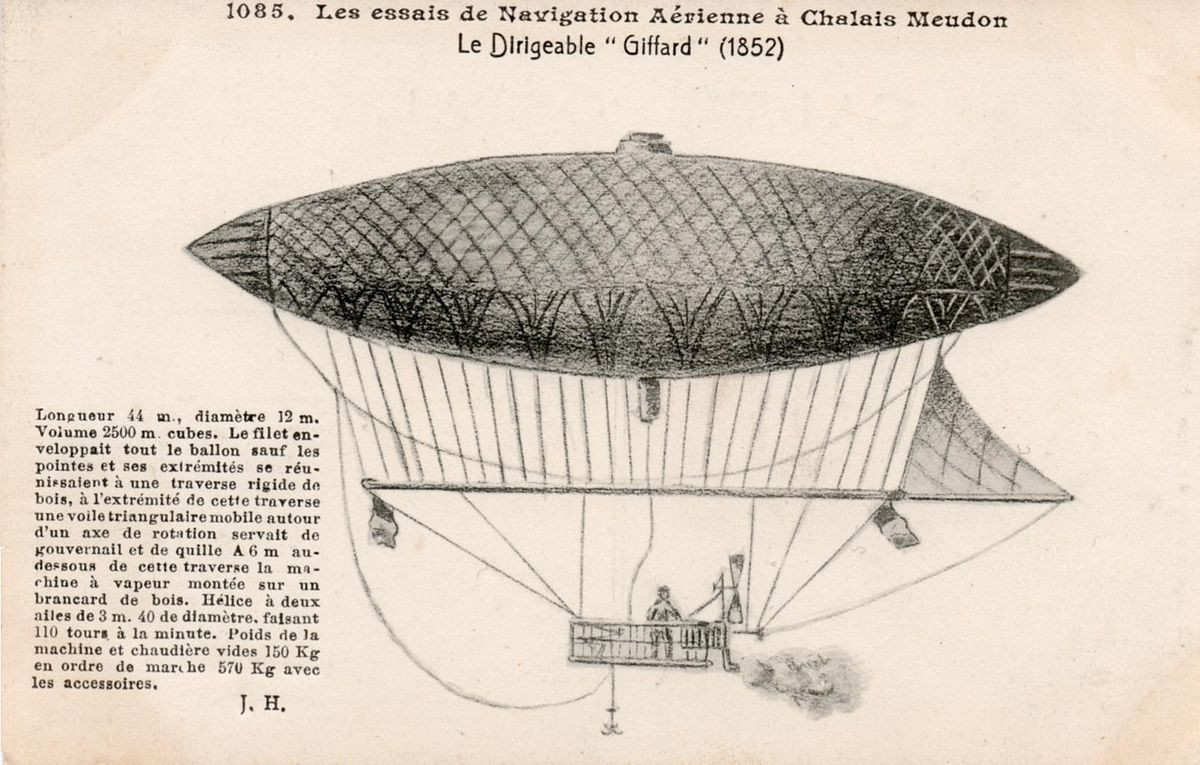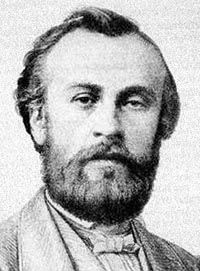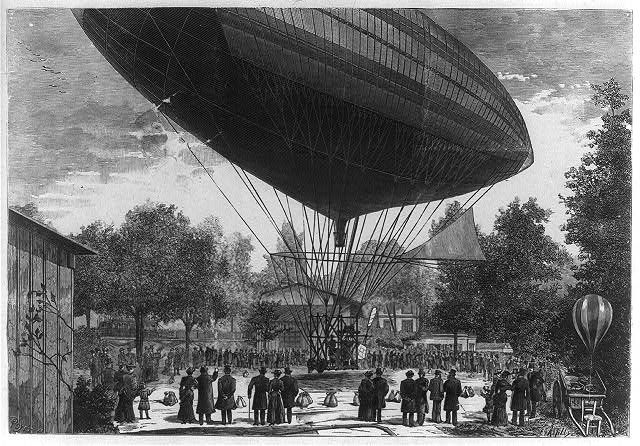Summary
- Giffard’s 1852 airship flight was the first powered & steerable flight, showcasing control over 17 miles.
- The Giffard airship was the first full-sized airship with a 3-horsepower steam engine.
- Pre-Wright brother aviation included historic moments like the first manned flights, including airships.
172 years ago, in 1783, the Frenchman Henri Giffard crossed a milestone on his path to conquering the skies in his Giffard airship. Flying over the gathered crowds in Paris in 1852, he performed the first powered and steerable flight. This was 69 years after the French had become the first nation to put man into the atmosphere. The first time man mastered the skies with a hot air balloon was in 1783 before the king of France.
The famous Wright brothers were not the first to fly, nor were they the first to accomplish powered flight. They weren’t even the first to fly an airplane (counting gliders as airplanes). They were the first to accomplish sustained, heavier-than-air, powered flight.
First powered & steerable flight
An often-forgotten monumental leap in aviation took place on 24 September 1852. On this date, Giffard flew his airship from the hippodrome at Place de I’Etoile (in the center of modern Paris) to Elancourt around 10 miles from Versailles in what is now the far outskirts of Paris. This was near where the first recorded untethered manned hot air balloon flight occurred in 1783. Amusingly, this first balloon flight followed another demonstration balloon flight where a duck, a sheep, and a rooster became the first to ‘fly’ as it was considered too dangerous for a person.
The first manned balloons had no propulsion and were at the mercy of the elements. For balloons (and dirigibles) to really become useful, there needed to be a way to power and steer them. While it is always possible someone built an earlier, unrecorded airship, the first recorded powered and steerable flight was built in 1852 by the Frenchman Henri Giffard.
|
First Powered Flight |
|
|---|---|
|
Duration: |
Approx. 3 hours |
|
Distance: |
17 miles |
|
Location: |
Paris, France |
|
Speed: |
6mph |
Giffard flew around 17 miles during this demonstration flight in around 3 hours. He showed how he could maneuver his flying machine along the way, turning slowly in circles. His low-powered engine could not fly against the wind to make a return journey, so the flight was one-way. However, it still demonstrated that a controlled-powered flight was possible.
Henri Giffard also invented the steam injector. Today, visitors can see his name on one of the Paris streets on the left bank of the Seine River. His name is also inscribed on the first floor of the Eiffel Tower, along with the names of 71 other scientists (the Eiffel Tower was built many years later, between 1887 and 1889). He died in 1882 at the age of 57.
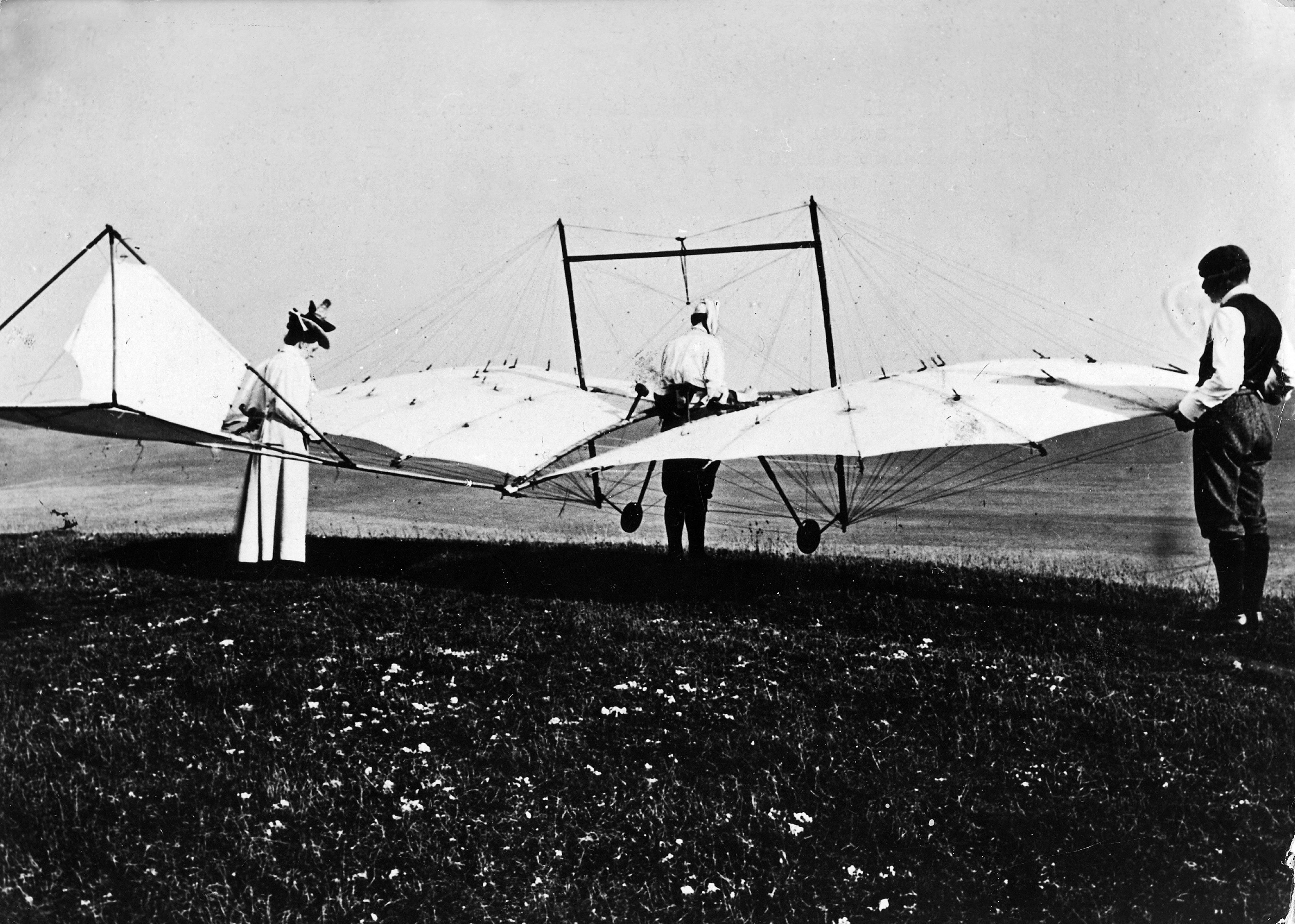
The Life & Times Of Scotland’s Early Aviation Pioneer Percy Pilcher
Percy Pilcher is not as well known as the Wright Brothers, but almost came as close to fame.
The first full-sized airship
Giffard built the Giffard airship (also called the Giffard dirigible) – the world’s first full-sized airship or dirigible. The Giffard airship was an elongated 143-foot-long envelope tapered to points at each end. Foreshadowing the massive German Zeppelins of the following century, the Giffard airship was filled with flammable hydrogen and had a capacity of 113,000 cubic feet. Its steering was achieved by a triangular sail-like rudder below the aft end. The airship’s engine was a three-powered steam engine. The engine’s exhaust was diverted downwards in a long pipe to prevent the engine from igniting the hydrogen.
The terms “airship” and “dirigible” are interchangeable and refer to any lighter-than-air craft that is powered and steerable (as opposed to free-floating balloons). The word, “dirigible” comes from the French word diriger, meaning “to direct or to steer.”
|
Giffard Airship Propulsion |
|
|---|---|
|
Type: |
Steam Engine |
|
Power: |
3 Horse Power |
|
Weight: |
250 pounds (plus 100-pound boiler) |
|
Propeller: |
three-bladed |
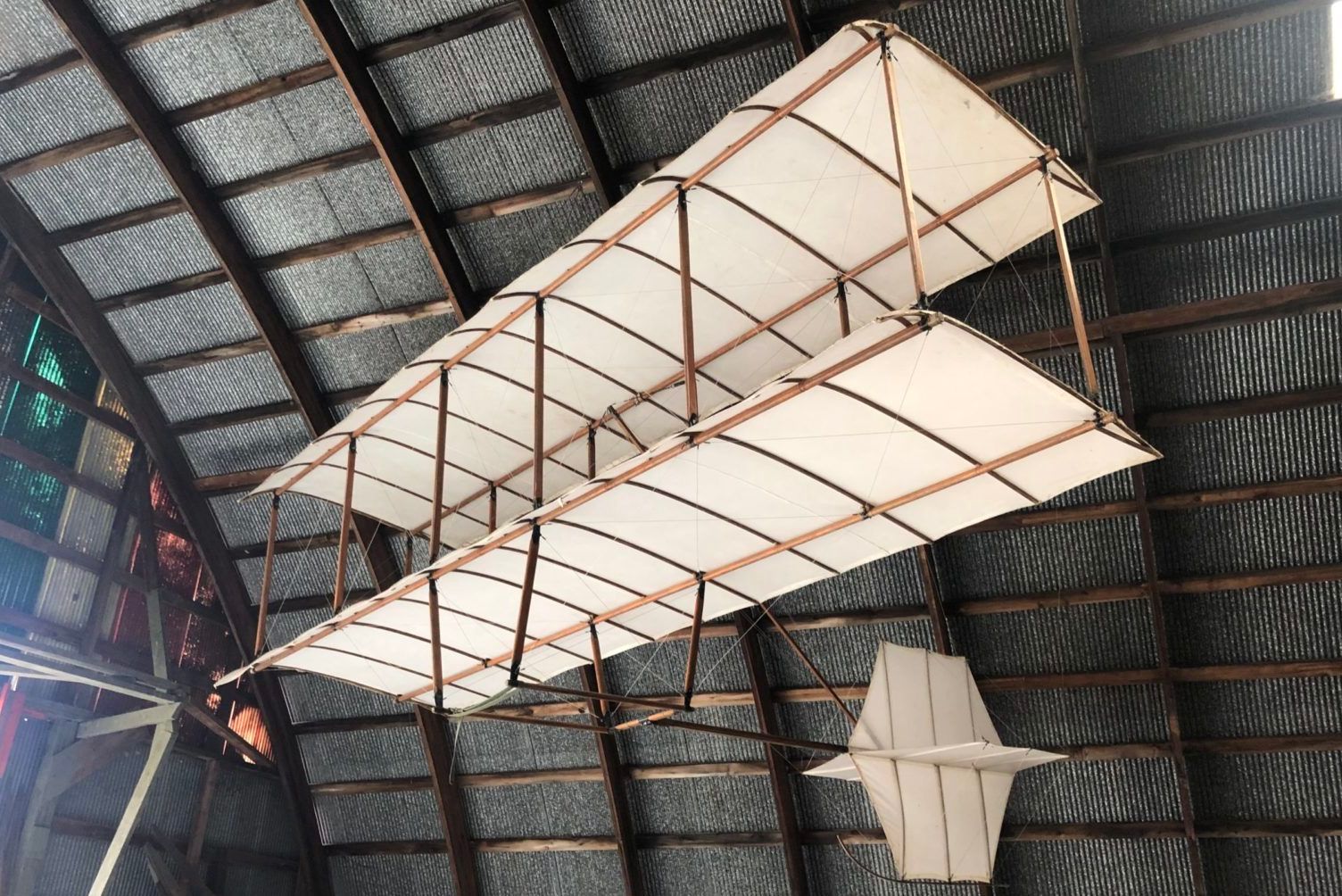
How The Chanute Biplane Gliders Inspired The Wright Brothers
Born on February 18th, 1832, Octave Chanute wasn’t afraid to share his aviation ideas with others.
Key moments in pre-Wright brother aviation
By the time Giffard built his airship, balloons and airships had been around for a long time. One of the more interesting earlier designs (from 1784) never built was an elliptical airship around 260 feet long that required 80 men to operate the three hand-cranked propellers. Giffard was inspired by an 1850 French cigar-shaped airship design that included a rudder and a clockwork motor driving two airscrews to propel the airship.
- 1783: first untethered flight in a hot-air balloon
- 1785: first crossing of the English Channel by balloon
- 1852: first-powered & steerable airship flight
- 1895: first biplane glider flight
- 1903: first powered, sustained, and controlled heavier-than-air flight
While Giffard’s airship could not go against the wind, the first airship to make the return journey was the La France. It was built in 1884 by the French Army Corps of Engineers and powered by a battery-powered electric motor. La France was a great improvement on the earlier models. The design of airships continued to develop and the first Zeppelin, designed by the retired German army officer Ferdinand Graf von Zeppelin, took flight 16 years later, in 1900.
The Wright Flyer proved a titanic breakthrough in aviation, but from another point of view, it was another incremental development. After all, the French had mastered manned, powered, sustained, and steerable flight many years prior. At the same time, a German called Otto Lilienthal had made the first manned heavier-than-air flight in a glider in the 1890s.
The Wright Flyer was basically the first powered airplane (excluding gliders). Another little-known fact is that New Zealand claims to have accomplished the first heavier-than-air powered flight a year or two before the Wright brothers.

